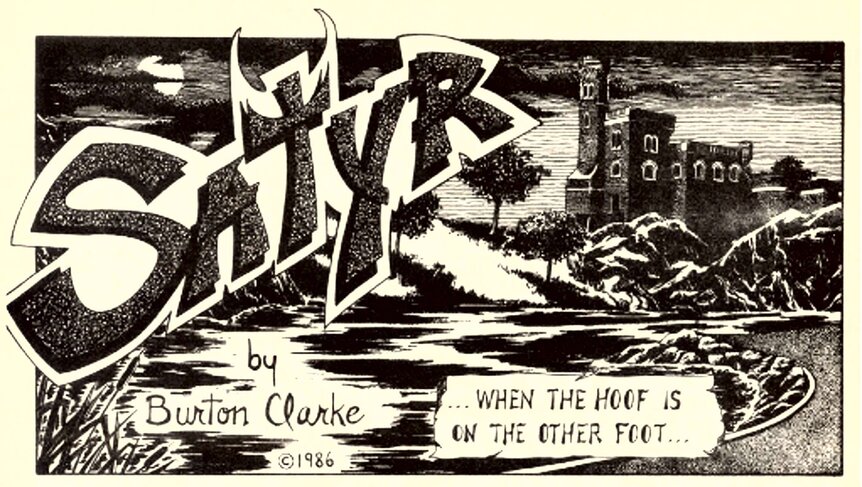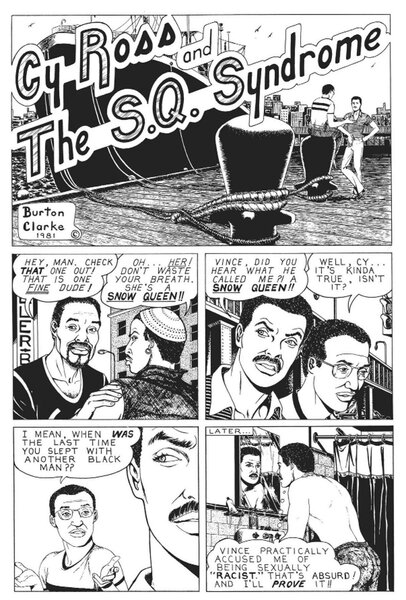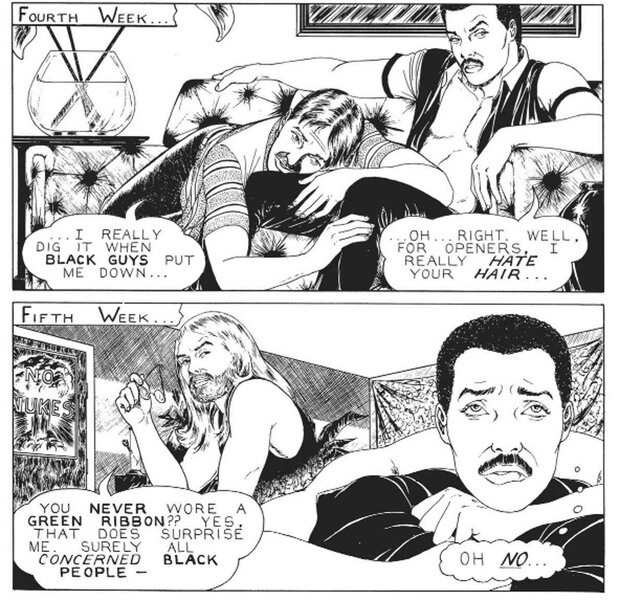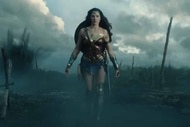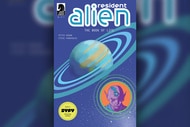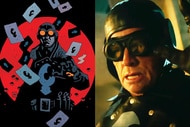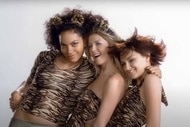Create a free profile to get unlimited access to exclusive videos, sweepstakes, and more!
Pride-ographies: Burton Clarke
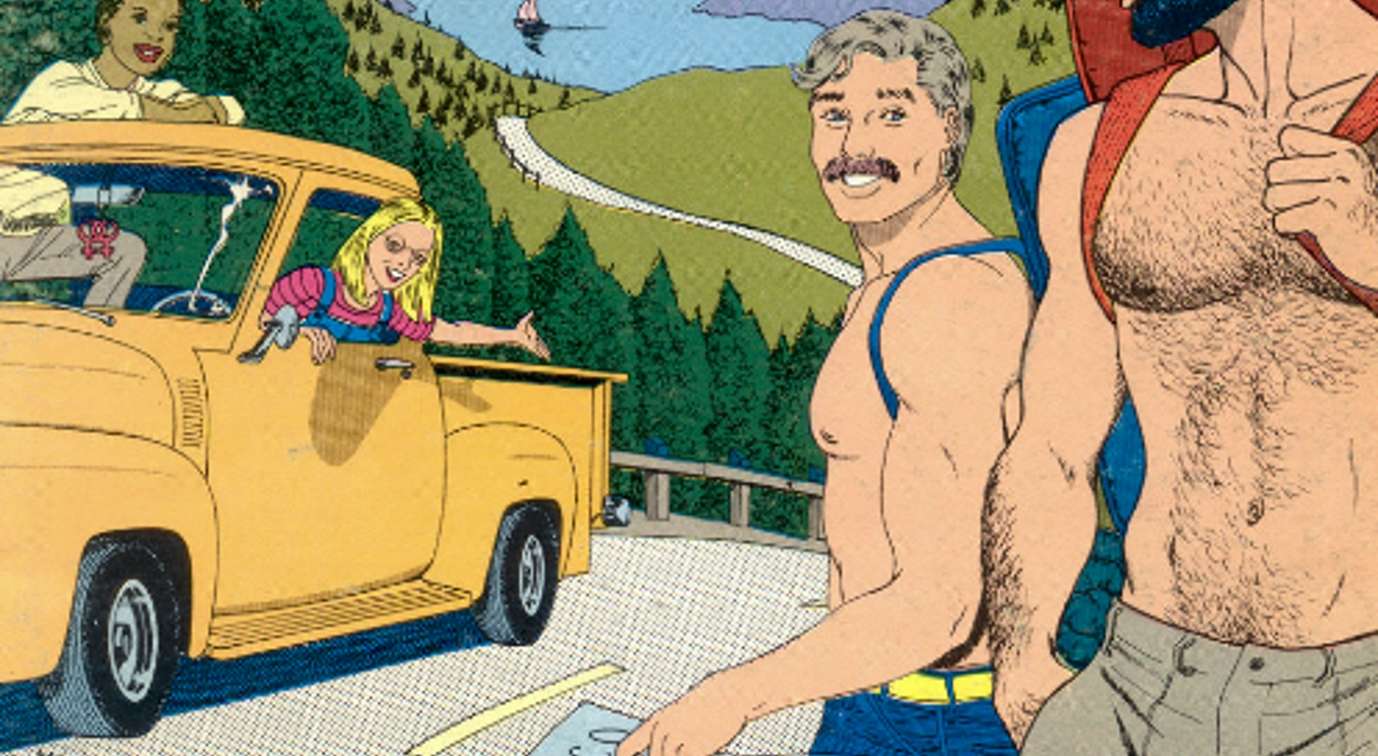
The Underground Comix era began in the late '60s in response to the heavy censorship of the medium due to the presence of the Comics Code Authority. People wanted to make books that looked like their lives, and so, as we had the indie explosion in cinema, so did comics see their own groundbreaking era of creativity. Some of these comix aged well, most of them haven't, but all of them existed in the spirit of disrupting the status quo of the medium.
When discussing an era of experimental and groundbreaking autobiographical works in the comix scene, queer comix by queer creators so often fall by the wayside. While many artists of this time period went on to have illustrious careers, queer creators get nary more than a footnote. In hopes of changing the conversation for the better, we bring you Pride-ographies, a series of deep dives into queer comix history.
Born in Plainfield, New Jersey, Burton Clarke was the oldest of six siblings. In an interview with The New York Native in 1987, he said that he felt generally loved and accepted as a gay man by his family, certainly a rarity for gay men at the time. He attended Florida State University with the intention of pursuing acting. Not long after he joined the cast of Sarasota's Asolo State Theatre before moving to New York to further pursue a career on the stage, but after several years of auditions and sparsity of roles for Black men, a need for greater financial stability led him to pursue work outside of the arts while refocusing his attention on drawing comics.
Clarke never received formal training for art, but he always doodled and showed interest in comic strips. Later, he would note that in his youth he felt torn between a career as an artist and a career as an actor. Though he chose to be an actor, he returned to his love for drawing. He was stylistically inspired by Leonard Star, the artist best known for reviving the Little Orphan Annie comic strip in the late 1970s. Before his work on Annie, Star had done a strip about an actor called On Stage that Clarke loved enough to purchase some of its original art. Indeed, Clarke’s technical prowess and attention to detail does give the vibe of old school "serious" cartoon strips, told through a Black, gay, 1980s lens.
Clarke’s comic output is unfortunately quite sparse, but on the flip side, he does paint a heck of a portrait of gay life of the time in relatively little page space. Working mostly through anthologies, one of Burke’s major contributions to the world of comics was Cy Ross and the SQ Syndrome. The short story first appeared in The New York Native in 1980, and then was later reprinted both in Gay Comix #2 and the erotica-inclined, gay male-centric anthology Meatmen #1.
Cy Ross and the SQ Syndrome begins with Ross' friend, another Black man, calling him out for being a "snow queen," meaning he prefers to date white men and shows little interest in Black men. Gently urging him to consider this tendency, his friend opens up a nexus of doubts and insecurities in Ross. Ross attempts to hook up with Black men, then finds that his increasingly complex feelings have made sex with men of any race unenjoyable. He snaps at his friend, who again urges him to deeper introspection. This story is groundbreaking even today, but in its time content like this was pretty much unheard of, particularly in underground comix.
In Gay Comix #10, Clarke contributed another story, The Satyr, which begins with a man spouting homophobic vitriol. His friend tells him he's obsessed with gay men, and he becomes violent towards the friend, and then towards a gay man walking alone. When attacked, however, the gay man transforms into the superhero-esque Satyr, who puts a stop to the violence and forces a journey of self-discovery on his attacker, urging him to come to terms with himself for who he is rather than inflicting his self-hatred on others.
The stories Clarke told almost always sought to teach a lesson about acceptance, not just of the outer world but, much more importantly, of oneself. He was involved in AIDS activism during the most crucial years of the epidemic and did a comic strip through GMHC to help spread awareness about safe sex procedures.
Not much is known about what Burton Clarke is currently up to, though he did recently appear for a signing of Justin Hall's important book No Straight Lines, an anthology comprised of reprints of classic queer-focused comics and newer entries to the canon. Still, he remains one of the few cartoonists in comics who worked to personally address issues like internalized racism and how that manifested in his own dating life, which is why he remains an important figure in queer comics history to this day.
